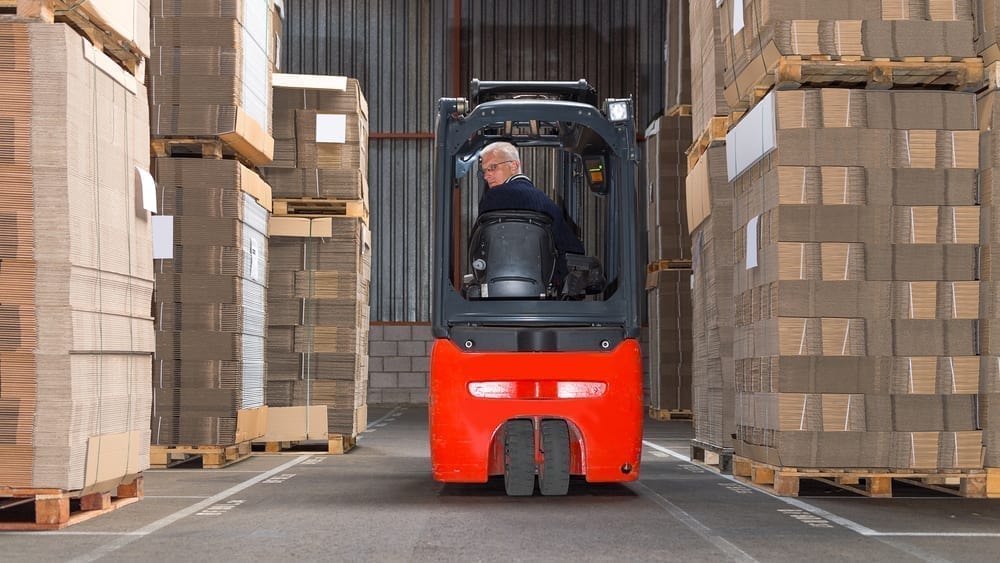Finding (and Fixing) What’s Broken in Your Current Reverse Logistics Process (Part 1)

Companies often place a lot of emphasis on their forward logistics process—getting products from your warehouse or manufacturing facility out to your customers. This is certainly a critical part of any logistics process, but it’s only half. The other half, the reverse logistics process, is becoming even more important today, and should be more than just an afterthought for companies. Over time, without proper analysis and planning, that reverse logistics process could end up costing your business a lot of money.
Streamlining your reverse logistics process is the same as your forward logistics. It requires a thorough analysis of every step to determine what’s broken, and how you can fix it. To get started, it’s best to break down your process into various steps so you can identify potential bottlenecks or issues within each one, then find solutions to streamline it.
Step 1: Retrieval
The first step is retrieving the product from your end user or customer. Taking control of this process by using return materials authorizations (RMA) helps you control the accuracy of information in your system. It can also cut down on fraudulent returns when you have a reverse logistics platform that has the RMA process integrated, and can immediately verify key information about the order before authorizing a return.
Step 2: Shipping
The next step is to get the item back to your warehouse, manufacturing facility, or retail store. As more companies operate online stores, this usually means shipping through carriers like the USPS, FedEx, and UPS to get the item back. Facilitating the shipping through your reverse logistics software by providing customers with return shipping labels can significantly reduce delays and errors in getting your items back to the right place.
Step 3: Screening
Once the items arrive, they will need to be inspected for damage or to verify the reason for return by a customer. It’s usually a manual process performed by one of your team members, but your reverse logistics platform can still play a role. Providing screeners with the right tools to immediately move products to the next step (repair, warranty, resale, disposal) can speed up the time from return receipt to the final destination.
In part two of this blog post we’ll cover the next three steps to examine as you’re looking for ways to improve your overall reverse logistics process.
Having the right reverse logistics software platform can help you map out your own return items journey so you can evaluate potential gaps and areas for improvement along the way. Talk to ReverseLogix about how our system can provide the transparency, reporting capabilities, and automation you need to make changes.
